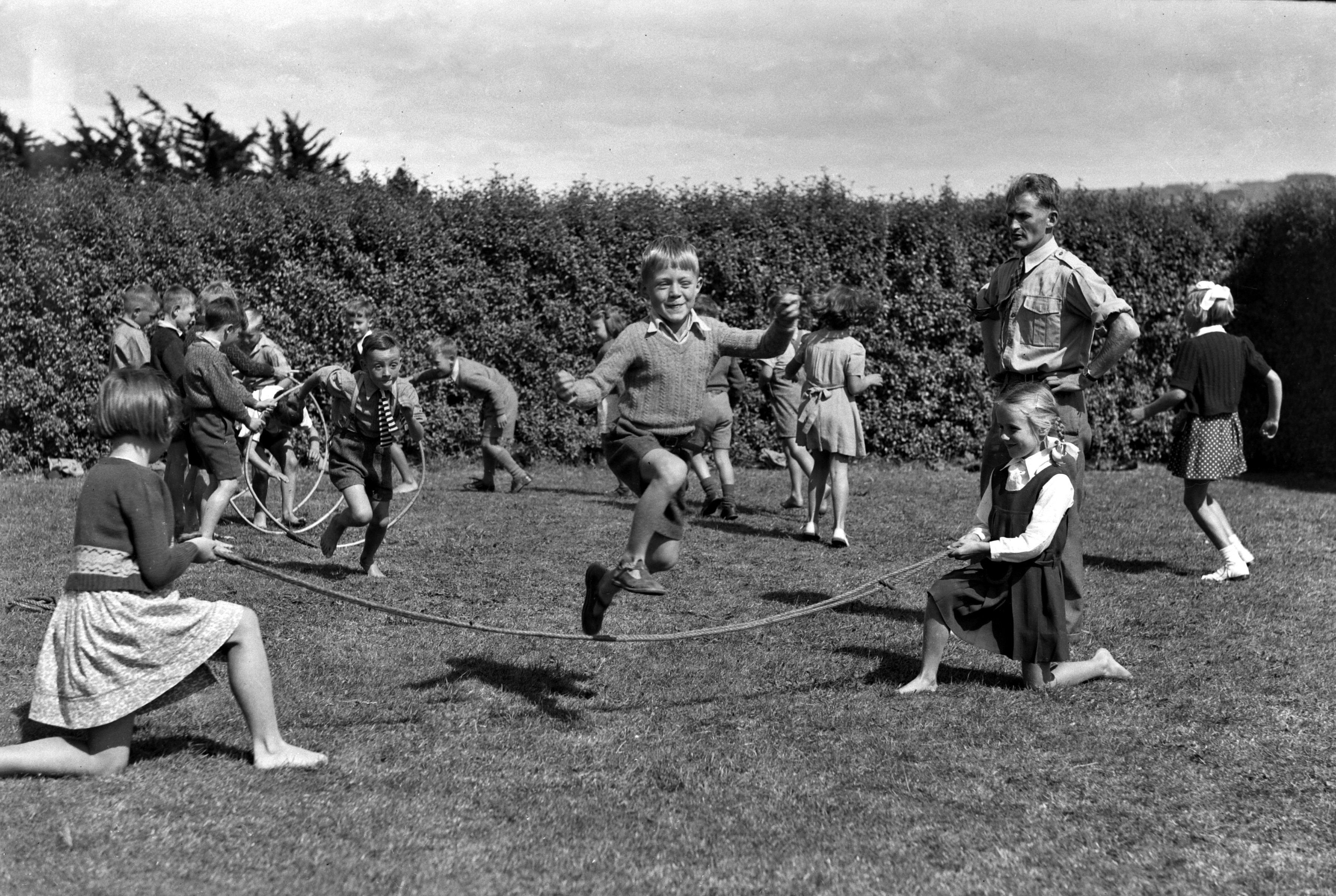
Playtime at the primary schools of Dunedin in the 1960s was a decent, honest and innocent time. The cries, shouts and excited screams of hundreds of children intent on their play filled the air in a scene comfortingly framed by the grey uniformity of 1950s-era prefabricated classrooms.
But a silent killer walked the halls of those classrooms, sliding through the smells of vomit, sawdust and sweat.
It weaved its way past the dental nurse’s office, past the swings and the seesaw, and stopped for a moment by the asphalt play area to watch the children in their sharply ironed shorts, charming home-knitted jerseys and little white socks.
Come watch the scene with us.
There is group of little children, scrubbed so shiny and clean by their mothers, lovingly dressed to within an inch of their little lives and rolled on their tiny bicycles past neat rows of well-kept houses through a Dunedin suburb to what should have been the safety of their school.
And here they are, look at them, playing hopscotch and knuckle bones and swinging their hula hoops, flicking their marbles into a tiny circle and watching other marbles scatter hither and yon.
Tiny grazed knees and elbows, dirty handkerchiefs, a sticking plaster with a spot of blood fallen in yellowing leaves by the school hall, boiled eggs and pieces of cheese and dripping sandwiches wrapped in grease-proof paper; such was the minutiae of a child’s life in all its myriad strangeness.
But something is missing.
Look over there at little Duncan, leaning against the fence, his eyes dim and his tongue swollen and dry.
Duncan lives up the road from the school with his mum and dad at the end of a neat driveway, where a Raleigh 20 lies on its side next to a scuffed red pedal car.
For breakfast he ate the usual fare for a kiddie in those days, Weet-Bix on dry toast.
When the school bell pealed playtimes’ arrival, Duncan grabbed from his school bag a lump of rusk, specially dried in the oven that morning by his mother, and chewed on it as he ran from the classroom with his little chums.
That strange giddy feeling that came over him, his inability to swallow, the way his tongue stuck to the roof of his mouth; Duncan had no way of recognising what was happening, and by the time he fell to his knees and slumped to the ground it was too late.
Duncan had died of thirst.
Statistics from the time showed deaths from thirst, in those days called "dusty mouth", were as high as 15% in Dunedin, a figure considered low by medical authorities compared with other New Zealand regions.
Those who were children back then will remember going for bike rides without so much as a glass bottle full of orange cordial.
Ten children would cycle forth, perhaps eight would make it home.Part of the reason medical science did not get on to the problem sooner was the stigma surrounding death by thirst.
Many considered it a moral issue, the result of sexual promiscuity, and those who drank water to counter dusty mouth were considered lazy.
There was even a water-based insult around at the time, where people were described as ‘‘wet’’, meaning they were a coward or a weakling.
The effects were widespread; collegial friendships seldom got off the ground due to a lack of water-cooler conversation in offices.
Cut flowers sat in empty vases and promptly died.
But slowly, ever so slowly, change came.
During the late 1960s, as strange new liberal ideas filtered through society, trendy young people began offering water to guests at secretive parties.
The flowering youth of the baby-boomers began openly passing bottles of water around in public parks at "drink-ins" wetting their pouting lips to cock a snook at "straight" society.
Then it took off.
Finally, people realised not just the absolute necessity of constant hydration lest they drop dead all over the place, they discovered drinking massive quantities of water not only relieved fatigue, improved mood, helped migraines, headaches, digestion and constipation, it helped people lose weight.
That’s why people are so much thinner nowadays.
But most important, they understood having a tap shoved down your throat and turned on full at all times flushed out toxins.
We are all full of toxins, and a constant, intense flushing is needed, because in the old days everyone died of too many toxins.
It really happened.
Seriously. Toxins.
Now, we are seeing the rise of a massive and pervasive water industry, keen to build pipelines through kiwi sanctuaries at Mt Aspiring to take our water to huge storage facilities, then to tanker ships lurking off the coast that will spirit it away overseas.
Elsewhere companies have consent to take artesian water for export, despite spirited opposition.
But as a community we can look back and remember the terrible times before constant hydration made us the happy, healthy people we are today.
Great Gatsby, those were dark days!
If only they would develop carbonated water.
Water with bubbles.
Now that would be neat.
Comments
For someone who remembers primary school of the 60's, you are in really good nick. Not all survivors of Standard 3 can say that.
Over hydration can cause hyponatremia, an over watered system that dilutes the body's sodium. In acute cases, it causes ataxic gait, which is what happened to the weaving long distance Olympian.
You must water, within reason. No point lining up Evian with a Perrier chaser.
